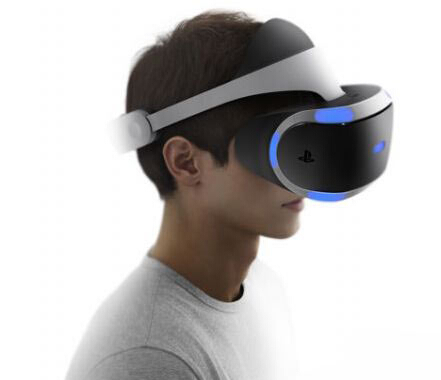
Here we take a look together, VR usually includes the following components: display, processor, sensor, camera, wireless connectivity, storage, batteries and lenses, each has its own standard.
Display: Most VR devices have one or two screens. It mainly uses 4KUHD or higher resolution screens. For discrete VR devices, the screens often use OLED technology, while the integrated ones mostly use microprojection technology.
1) Resolution: Although it is difficult to distinguish between 2KQHD and higher resolution screens by the naked eye, 4KUHD or higher resolution screens can further enhance the visual experience of VR.
2) OLED: Compared with LCD, OLED has many advantages, such as faster refresh rate and lower delay, which will not allow users to "smear". Play Station VR uses a 5.7-inch OLED screen with a resolution of 1920*1080. Facebook Oculus also uses OLED screens with a resolution of 1080*1200.
3) Micro-projection system: By the way, by the way, there are many similarities between AR and AR. For all-in-one AR equipment, micro-projection technology is the most widely used technology. Currently, Google Glass has used this technology and it is believed that Microsoft Holo Lens will also adopt this technology.
Processor: The all-in-one VR device contains one or more processing units. As technology continues to evolve, VR devices will be equipped with higher-end CPUs and GPUs. In addition, in order to support higher resolution, it is believed that the performance of the GPU will be further improved. Sliding and split devices do not require their own processor because they can utilize the computing power of the host system.
Sensors: Sensors can be built into VR devices or as peripherals. Eye tracking and head tracking are critical to providing a better VR experience because it reduces the image refresh latency to accurately match the user's movement. The lower the delay, the more realistic the user feels that the VR feels, and the less likely the user is to “smugâ€. Sensors used for tracking motion include: FOV depth sensors, cameras, gyroscopes, accelerometers, magnetometers, and proximity sensors. Currently, every VR hardware vendor uses its own technology. Sony uses the Play Station camera as a location tracker, and Vive and Oculus also use their own technology.
Cameras: Some VR devices take pictures, position tracking and environment mapping through the camera.
Wireless Connectivity: The future trend between VR and controllers is to use wireless connectivity. However, there are many technical problems that need to be overcome in the current wireless connection between PCs/game consoles, especially in the case of high resolution and high refresh rate.
Storage/Battery: Currently, there is limited memory and battery-related information about VR devices, but memory is crucial for VR devices, and batteries are also critical for all-in-one devices. First, memory is mainly used to store/cache VR images and video. Since VR uses higher resolution content, the memory requirements of the device are also higher. As for the battery, it is particularly important for all-in-one devices because the latter does not depend on the host function. From a long-term perspective, more discrete devices will use wireless connectivity, and battery life is equally important.
Lenses: At present, aspherical lenses are widely used in slide-type and split-type VR devices because they have a shorter focal length, which means higher magnification and wider field of view than other lenses. Separate VR devices have been available in the first half of this year, including the Oculus Rift, HTC Vive and Play Station VR, all of which will use aspherical lenses.
PVC High Speed Door are designed for indoor use and ensure rapid handling operations between different areas that should remain separated. These safe and efficient industrial doors are made of a shaped steel frame and covered with PVC. These high speed doors are safe and efficient and consist of a shaped steel frame covered with PVC. Safety is ensured by their photocells and barriers.
High speed doors protect us from harm, save energy and help us to separate processes for optimal productivity. A High Speed Door's most important job is to simply open and close quickly and safely every time you need it.
The high speed pvc roll shutter door require high strains, caused by the high operating speed and the frequency of openings, have to be taken into account during construction. In the same way, basic conditions like size and installation location add up to considerable requirements regarding safety and control technique.
PVC High Speed Door
PVC High Speed Door,Large PVC High Speed Door,Transparent High Speed Door,Great Performance High Speed Door
Shenzhen Hongfa Automatic Door Co., Ltd. , https://www.hongfadoor.com